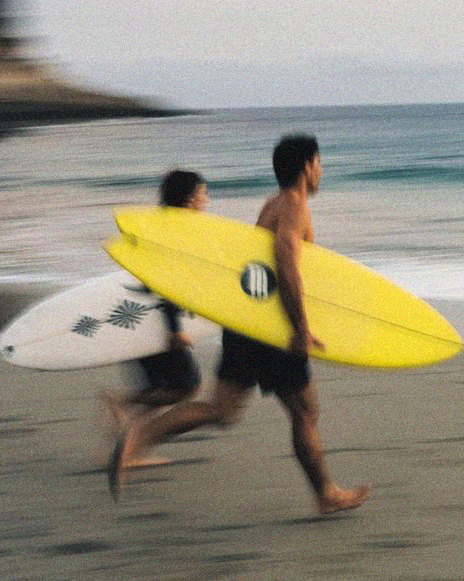
THE PARADOX OF MORE: DON’T DROWN IN PRESSURE—LEARN TO SURF IT
Share

There’s a peculiar ache that lives between peace and pressure. One moment you feel grounded, playful, creative—like life is flowing. The next, you’re swept into a current of restlessness, wondering if you’re doing enough, being enough, becoming enough. If this sounds familiar, you’re not alone. In fact, you’re experiencing a deeply human reality—what psychologists call motivational dissonance, the emotional seesaw between contentment and desire. And although it feels uncomfortable, it’s also one of your greatest teachers.
Modern neuroscience has revealed that our brain is hardwired for both safety and novelty. The default mode network—a part of the brain activated when we’re not focused on the outside world—often pulls us into self-evaluation, comparison, and prediction. This is especially true in environments that constantly stimulate our reward system, like social media. Dopamine—the neurotransmitter tied to motivation and achievement—spikes when we anticipate a reward, not when we receive it. This means the pursuit of 'more' is baked into your biology, even if what you have is already enough—already beautiful.
Layer onto that a culture that equates productivity with worth, and it’s no wonder so many of us feel stuck in an invisible tug-of-war: wanting to feel present, but also needing to push forward. The inner tension you’re feeling isn’t failure—it’s feedback. It’s your nervous system responding to the gap between how you’re living and what you think you should be doing—often based on someone else’s highlight reel, timeline, or narrative.
But what if that tension wasn’t a problem to solve—but a portal to walk through? What if it’s not there to punish you, but to polish you? When we experience internal conflict, our anterior cingulate cortex (ACC)—a region responsible for emotional regulation and decision-making—lights up. This means that each wave of discomfort is also an opportunity for neuroplasticity: to rewire how we relate to pressure, productivity, and personal evolution.
Imagine you’re scrolling through Instagram on a quiet Sunday afternoon. You see someone your age launching their second business, traveling the world, or buying a home—and suddenly, your chest tightens. That familiar ache of “I should be further along by now” creeps in. You feel restless, maybe even a little ashamed, as if you’ve somehow failed to keep pace with life.
But here’s the thing: that tension isn’t failure—it’s your nervous system signaling a mismatch between your current reality and the internalized narratives you’ve absorbed. This is your anterior cingulate cortex lighting up, not to torment you, but to get your attention. In that moment, you have a choice. You could spiral into self-criticism, or you could pause and ask, “Is this really my timeline, or someone else’s? What matters to me—truly?” That pause—that conscious moment of inquiry—is the portal. It’s where neuroplasticity begins. Not by fixing anything, but by feeling it, questioning it, and choosing differently next time.
Here’s the truth most people never learn: You can experience joy and longing at the same time. You can be grateful for this moment while still being called toward something greater. That’s not hypocrisy. That’s duality. And learning to hold both is the mark of emotional maturity. According to psychologist Dr. Susan David, the healthiest people aren’t the ones who avoid emotional tension—they’re the ones who navigate it with compassion and clarity.
So how do you alchemize this inner tension into forward motion? You pause. You observe. You breathe instead of bracing. You ask yourself better questions: Is this pressure coming from my soul—or my survival response? Is my need for “more” rooted in lack—or in love? And then you move—not from a place of frantic proving, but from grounded devotion. This is how you create aligned action, not just activity.
Ironically, it’s often in the surrender that the clarity comes. When you stop trying to escape the wave and instead learn to surf it, everything shifts. The wave itself doesn’t disappear—but now, you’re not drowning. You’re playing. You’re using the energy of the influx to propel you into a new level of creativity, clarity, and contribution.
So if you’ve been feeling both inspired and overwhelmed—lit up and weighed down—that doesn’t mean there’s something wrong with you. It means you’re moving into what feels right for you. You’re in the in-between space where evolution happens. Let it happen. Let the wave shape you. Just remember: joy is not a destination—it’s a fuel. And you don’t need to become more to be enough… but you can become more if it excites your soul.
Your friend,
Danny
